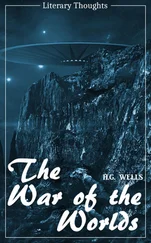
Christopher Szwernicki
In addition, according to legend, after the fence of that temple was buried P.P. Duntsov-Vygodovski – the last one of first Russian revolutionaries (Decembrists) who left in Siberia (died in 1881). And in 1951 here held the first industrial practice the world famous film director L.I. Gaidai at the East Siberian newsreel film studio.

P.P. Duntsov-Vygodovski
Inside the church today there is a real organ (27 registers and 1849 pipes), which was one of the four best in the USSR (along with the organs of Pitsunda, Riga and Kaliningrad). It was produced at the expense of the Irkutsk people by the famous German company “Wolfgang Schukke – Ortel Gebau”, made according to the drawings of J.S. Bach in Potsdam and installed in Irkutsk in 1978. Today, organ music concerts are held here weekly.

Organ hall in the church
Nearby to the Savior Church, where weddings are often held today, since 2011, there is a monument to the Holy Princes Peter and Phevronia of Murom – the patrons of family, love and marriage in the Russian Orthodox Church. A similar monuments can be seen in dozens of other cities in Russia, and the closest one is located in Angarsk, but in the capital of Eastern Siberia it is extremely popular. Newlyweds come here to ask for happiness in family life and first-borns; children – about brothers and sisters; old people – about grandchildren. It is believed that if you would rub the nose of bunny sitting next to Phevronia’s feet, then the wish will certainly come true.

Saints Peter and Phevronia
Memorial of the Eternal Flame
Walking around the site of the city’s foundation, we cannot pass by the Eternal Flame Memorial, which is rightfully considered one of the largest in Siberia. It’s appeared in Irkutsk quite early – to the 30th anniversary of the Great Victory in 1975, and two days later the students of the 39th school were at the Post at the Eternal Flame. The guard of honour is still carried out by ordinary pupils, and this tradition has never been interrupted for almost half a century. Perhaps that’s why in 2007 Post Number 1 in Irkutsk was awarded the 1st degree Medal of St. Alexander Nevsky.
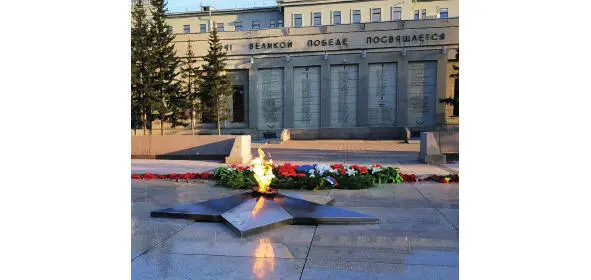
Memorial of the Eternal Flame and the plates with the names of Heroes
Around the Eternal Flame there are plates made of Baikal marble on which you can see the names of countries not only in Europe, but also in Asia – from France to Korea out of where the land was brought here stained with the blood of Siberian soldiers. Behind the memorial there is an annexe to the building of the government of Irkutsk region, where you can read the names of 134 Heroes of the Soviet Union participants in the Great Patriotic War associated with the capital of Eastern Siberia, as well as plates with lines from the Irkutsk poet and writer M.D. Sergeyev, telling about the contribution of the region to the victory.
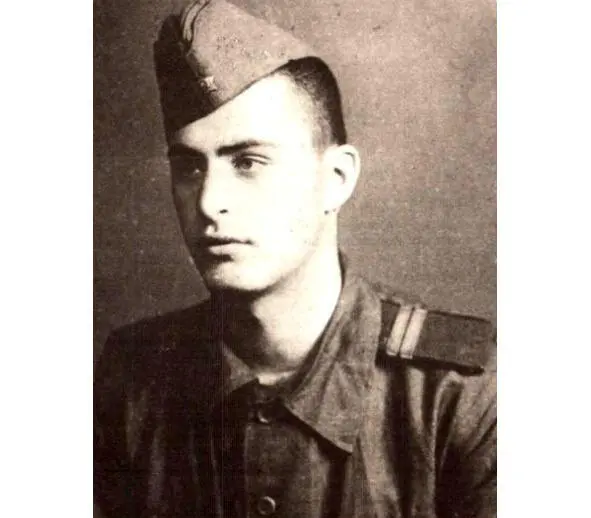
214 thousand natives of the Irkutsk region went to war and every third did not return home (79 thousand), five pilots from Irkutsk made an air ram, three daredevils covered an enemy machine gun with their bodies. 22 large enterprises, about 10 trusts and raw material bases were evacuated to the Irkutsk region. There were 29 hospitals on the territory of Irkutsk, where more than 102 thousand soldiers were treated, less than a thousand of which were unable to survive from their wounds. The Irkutsk people sent 160 wagons of parcels and warm clothes to the front (a train more than 2 km long), raised funds for the construction of 6 tank columns, and contributed more than 1.2 billion rubles to help the front.
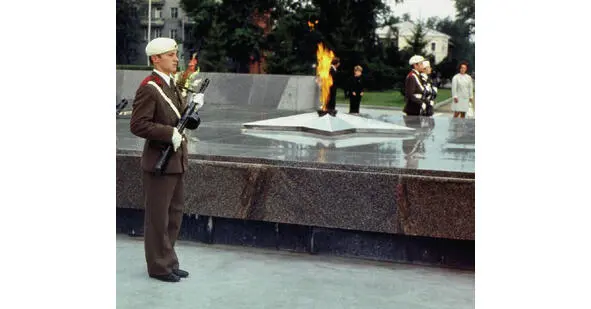
Post number 1 at the Memorial
The building of the Irkutsk Region government rises above the memorial complex. From here it’s controlled the fifth biggest region of Russia (area of 774,846 km 2) with a population of less than 2.5 million people. The building itself was completed in 1959 by the architect K.I. Guryev, but its construction lasted for 20 long years, because its creation was only a reason for the destruction of the symbol of prosperity of Irkutsk at the end of the 19th century – the Kazan Cathedral.

Irkutsk Oblast Administration
This temple was the fourth largest religious building in Russia. It accommodated five thousand parishioners, and its height reached 61 meters. The construction of the temple took a long time (1875—1894) and cost to Irkutsk people almost a million golden rubles. The best architects of the region took part in the creation of the building project as V.A. Kudelsky and H.V. Rosen.
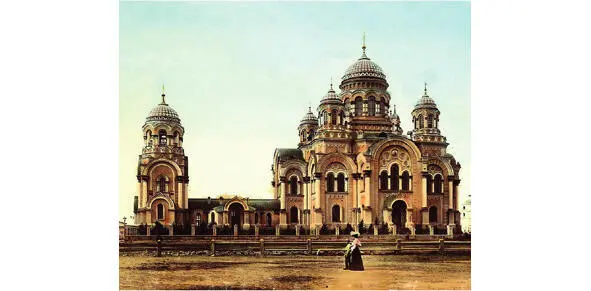
Kazan Cathedral
In August 1932, the cathedral was thoughtlessly blown up together with living people inside, who tried to defend the symbol of the wealth of their city. After the residents of Irkutsk refused to participate in the clearing of the debris, and a train with collective farmers was sent from Ukraine, who began to dismantle the church bumping into corpses. There were so many bricks that, despite the fact that it was used for the construction of the first five-story building in Irkutsk, the State Bank building and the access roads of the Glazkovsky bridge. The level of the surrounding area arose by almost a meter, when the broken material was flattened. That’s why the townspeople for a long time called this place as “Red Square”. On the site of the cathedral, nothing was ever built, because the walls of the governorate administration are more than 4 meters from the nearest walls of the destroyed church.

The destruction of the cathedral
From here we will walk along the veterans’ alley, because this whole park was created in its modern form in a memory of the 50th anniversary of the Great Victory in 1995. But this does not mean that before that it was empty. Since 1824, the Spassky Garden was laid out here, which was and still in use as a favourite place for festive fireworks.
Here we will see a monument to one of the three twice Heroes of the Soviet Union associated with the city of Irkutsk. Bust to the famous general A.P. Beloborodov in Irkutsk appeared back in 1954 on Labour Square and was moved here to the 50th anniversary of the Great Victory. It was his 78th Infantry Division that met the Nazis near Istra in the battle for Moscow in the winter of 1941 and stopped Hitler‘s Army first time ever and saved the freedom of Russia in an unequal battle. He received his first “Gold Star” for the liberation of Vitebsk on June 26, 1944, and the second for the fact that his soldiers were the first to break into the territory of the impregnable fortress of Koenigsberg on April 9, 1945. A.P. Beloborodov was buried in Moscow at the “Snegiri” cemetery, next to the soldiers of his division who died in the fall of 1941 during the defence of Moscow, but part of his ashe is under the memorial plate at the Irkutsk memorial of the Eternal Flame.
Читать дальше















